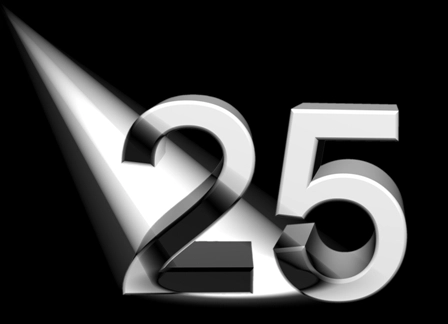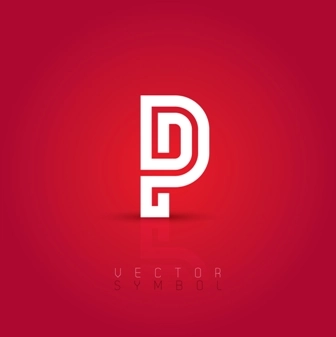Anesthesia Coding Alert
Reader Question:
Understand How Modifier 22 Connects to ZA and ZC
Published on Thu Apr 14, 2016

You’ve reached your limit of free articles. Already a subscriber? Log in.
Not a subscriber? Subscribe today to continue reading this article. Plus, you’ll get:
- Simple explanations of current healthcare regulations and payer programs
- Real-world reporting scenarios solved by our expert coders
- Industry news, such as MAC and RAC activities, the OIG Work Plan, and CERT reports
- Instant access to every article ever published in Revenue Cycle Insider
- 6 annual AAPC-approved CEUs
- The latest updates for CPT®, ICD-10-CM, HCPCS Level II, NCCI edits, modifiers, compliance, technology, practice management, and more
Related Articles
Other Articles in this issue of
Anesthesia Coding Alert
- Coding Edits:
Pay Attention to the Newest CCI Pairs for Pain Management
Just because you don’t find 00XXX codes doesn’t mean you should ignore edits. The latest [...] - Code Update:
Prepare Now for ICD-10 Additions in October
Say good-bye to the code freeze – especially for cardiology claims. The five-year freeze coders [...] - ICD-10:
Dig Into G56 for Carpal Tunnel Syndrome Diagnoses
Heads up: Don’t ignore categories with associated signs and symptoms. A patient who suffers from [...] - Reader Question:
Use 01968 in Conjunction With 01967
Question: An OB patient had an epidural on one day followed by a C-section the next [...] - Reader Question:
Know Who Placed the Line to Bill Separately
Question: Our anesthesiologist initiated a surgery case for a Medicare patient. She left after two hours [...] - Reader Question:
Understand How Modifier 22 Connects to ZA and ZC
Question: My claims were denied when I used modifier ZC with anesthesia services. Can you please [...] - Reader Question:
Verify Whether to Follow HIPAA or State PHI Guides
Question: What should we do if our state law is different from HIPAA regarding fees that [...] - Reader Question:
Watch Which Eye Was Affected for ICD-10 Coding
Question: Our anesthesiologist was present during ophthalmic surgery to remove a foreign body that punctured a [...] - You Be the Coder:
Remember Your Other Choice for TEE Monitoring
Question: Can you explain to me what TEE monitoring is and how I code for it? [...]
View All




